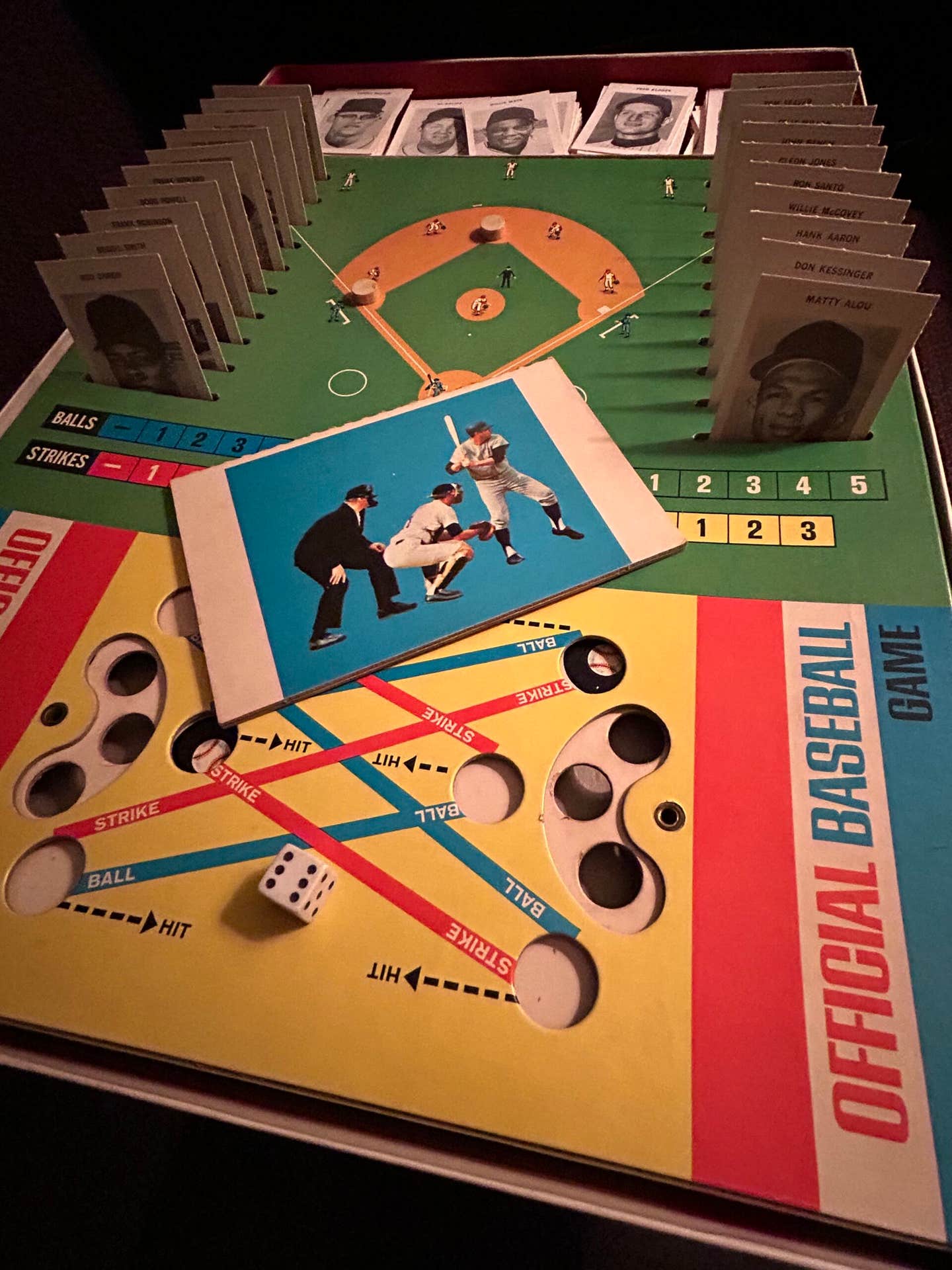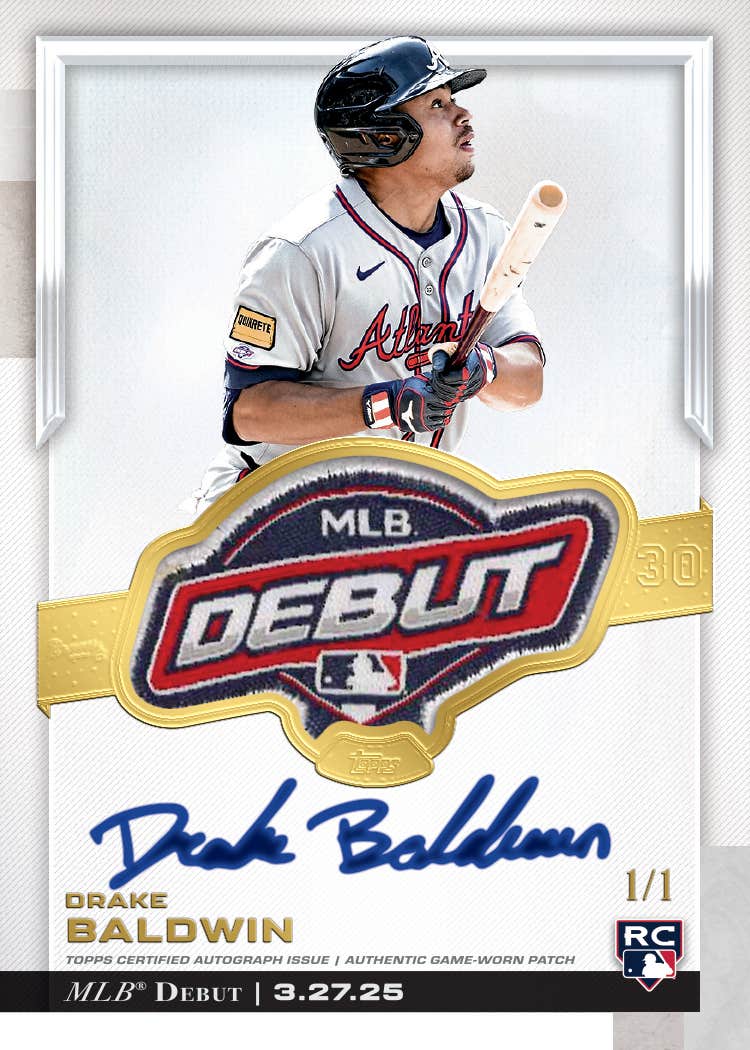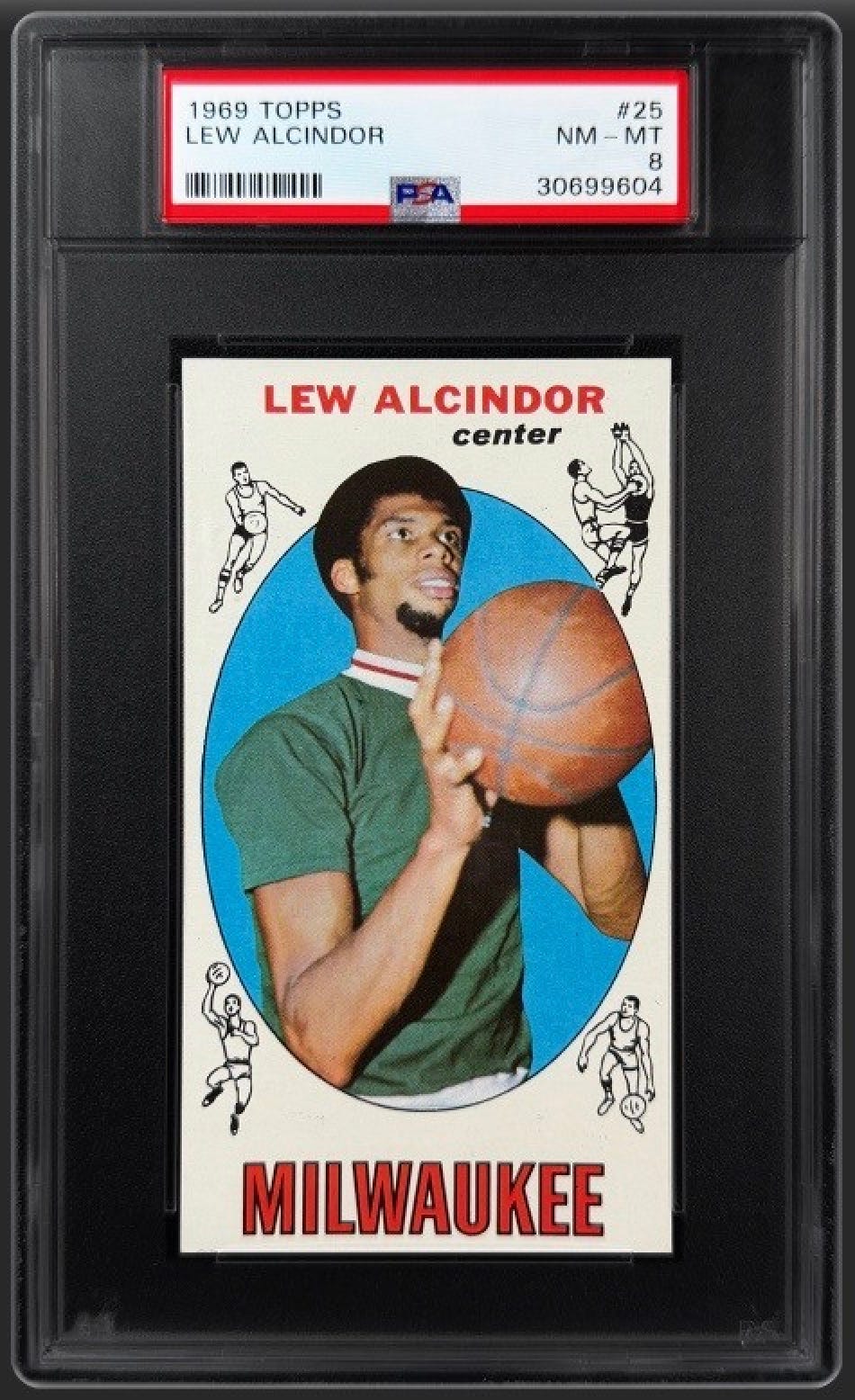News
Clown Prince Max Patkin was baseball’s first great entertainer
The June 1 issue of Sports Collectors Digest featured some odd creatures and characters on the cover and throughout the 60-page issue.
There’s a chicken, an elephant, a monkey, a gorilla, a troll and all sorts of furry creatures as we celebrate some of the most entertaining mascots in sports.
From the famous San Diego Chicken to Mr. Met, sports mascots make the games we love even more enjoyable and add to the ambience of any ballpark or arena.
But my favorite in-game entertainer was not an animal or someone dressed in a character costume. No, it was an actual human being performing one of the funniest, most entertaining acts in sports history.
Max Patkin, the ”Clown Prince of Baseball,” was entertaining baseball fans before the famous Chicken was hatched. For 51 years, he traveled an estimated 100,000 miles a year, making more than 4,000 appearances at minor league ballparks and sports venues all across the country.
And no one was more amusing, outrageous and annoying.
Officially, Patkin was the third “Clown Prince of Baseball,” following player/comedian Al Schacht of the 1920s-30s and Jackie Price of the 1940s. But it was Patkin, who performed briefly with Price, who paved the way for today’s sports mascots, making fans howl and often leaving players, coaches and umpires fuming with his outlandish antics and pranks.
Patkin’s outfit consisted off an oversized, baggy baseball uniform with a question mark (?) on the back instead of a number. With his hat worn askew, a toothless smile, a neck that could contort like a rubber chicken and a nose as big at the Phillie Phanatic’s, his slapstick act was straight out of Vaudeville.
As a kid growing up in Philadelphia, Patkin loved baseball, often wearing his ball cap and glove to bed. A pitcher, he dreamed of playing in the major leagues and signed a minor league contract in 1941 with the White Sox.
During World War II, he joined the military and played on the Navy baseball team. During a game against the Army team in Hawaii, he faced Yankees legend Joe DiMaggio. When DiMaggio took him deep, Patkin followed him around the bases, mimicking his home run trot.
The new Clown Prince was born.
Patkin returned to the minor leagues after the war but an arm injury shortened his career. His next big break came in 1946, when Cleveland Indians owner Bill Veeck hired him to be a clown/coach to distract the other team.
After leaving the Indians in 1949, Patkin went on barnstorming tours with the Harlem Globetrotters and baseball teams featuring such legendary players as Phil Rizzuto, Billy Martin and Yogi Berra, as well Negro League greats like Satchell Paige.
In the pre-mascot days, Patkin was a true comedian, dancing and gyrating for fans and mimicking, mocking and taunting players and coaches. He ran the bases like a wild ostrich, fell down in the batter’s box, ran to the wrong base and, when pitching, used an insanely high leg kick that put Juan Marichal to shame.
While the Clown Prince was well known in baseball circles, he gained widespread fame when he had a cameo appearance in the 1988 baseball classic “Bull Durham,” reminiscing with Crash Davis (Kevin Costner) and dancing with Annie Savoy (Susan Sarandon).
Shortly after the movie debut, Patkin performed at the Single-A minor-league park in Sumter, S.C., a small town where I worked on the local newspaper. Having loved the movie, I volunteered to write a story about the “Clown Prince.” The experience was as memorable as his act.
After watching his performance at the game, I showed up at his hotel for a scheduled interview. He opened his hotel-room door wearing nothing but boxer shorts, an undershirt and his famous floppy ball cap, sideways, of course. The interview was a riot, with Patkin regaling me with one colorful story after another, all accentuated by his patented gestures and facial contortions.
Patkin, who is in the Clown Hall of Fame (and that’s no joke), performed for more than 50 years before retiring in 1995. He died in 1999 at age 79.
Our June 1 issue featuring sports mascot was a big hit, with numerous readers and subscribers sending emails and letters after reading it. That vast majority were about Patkin, who had a huge following. One reader even sent me a signed Max Patkin card to add to my collection. Longtime baseball fans and collectors not only remember Patkin but have fond memories about his act and entertaining personality.
The Clown Prince entertained millions of baseball fans during his career, but it was his love for the game that resonated most.
“I love the game,” he famously told Annie in “Bull Durham. “I love it.”
— Jeff Owens is the editor of SCD and sportscollectorsdigest.com. You can reach him at jowens@aimmedia.com or on Twitter at @jeffowens_jeff. To subscribe to SCD, click here. To pick up a digital copy of the issue, click here.
You Also Might Like: Sandy Koufax glove, debut ticket highlight ‘Greats of Game’ auction at TMN
Jeff Owens is the editor of SCD.








